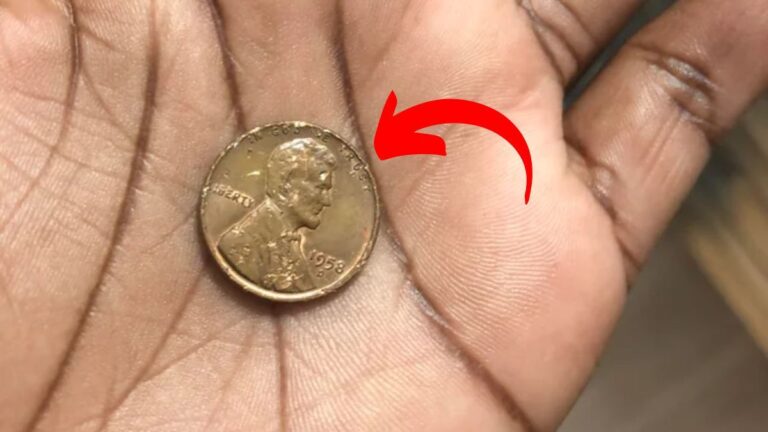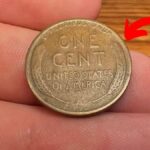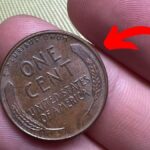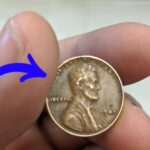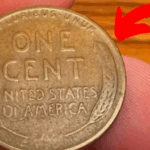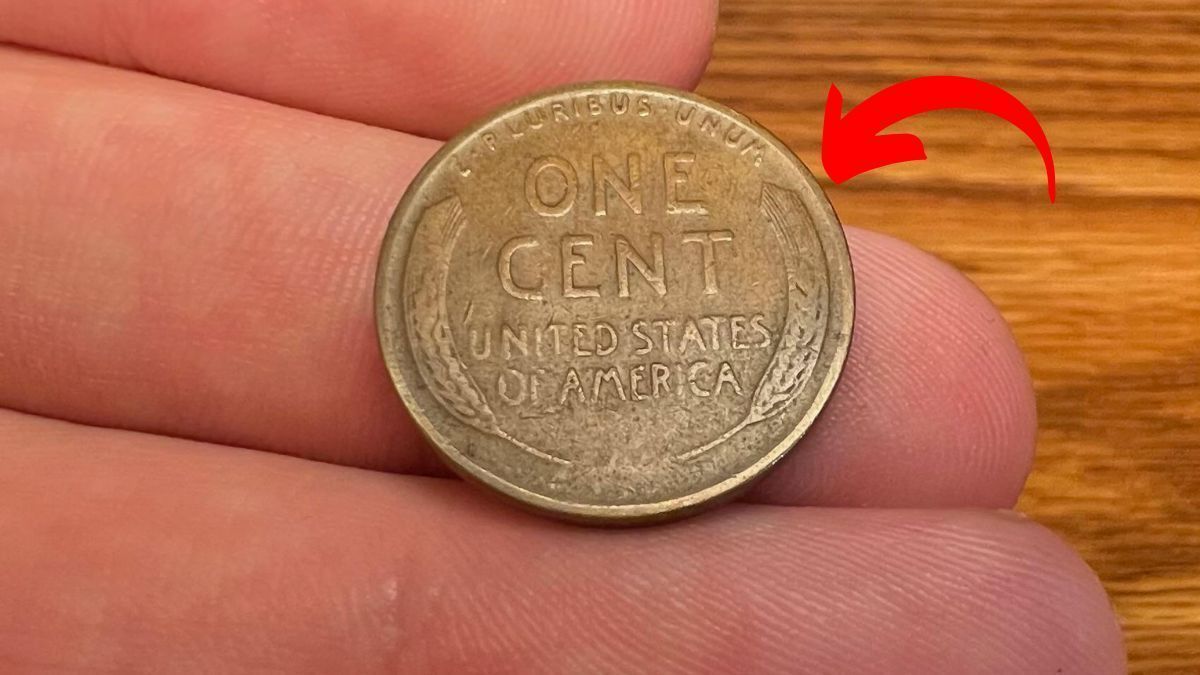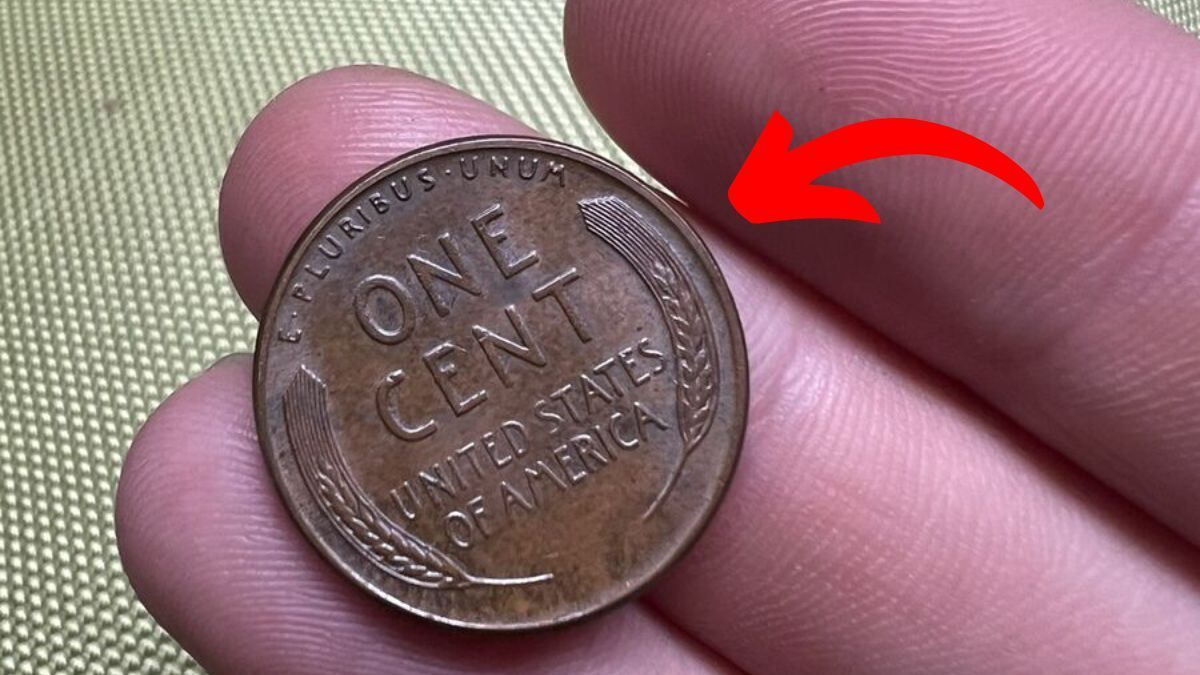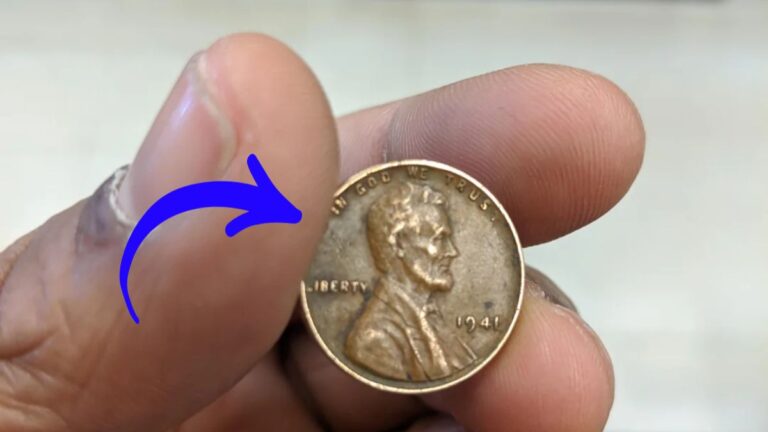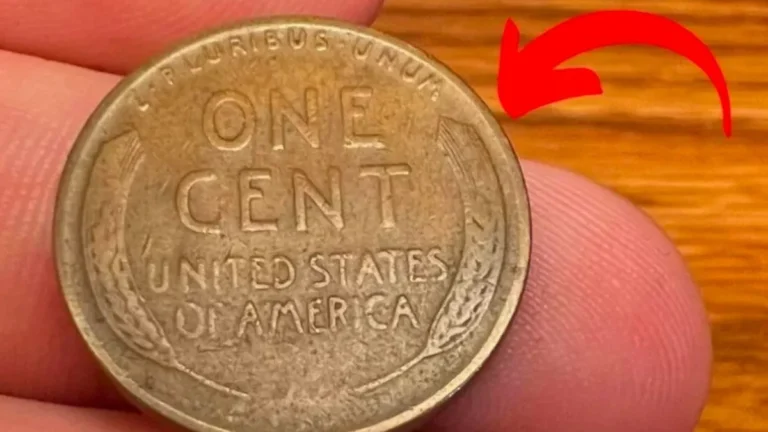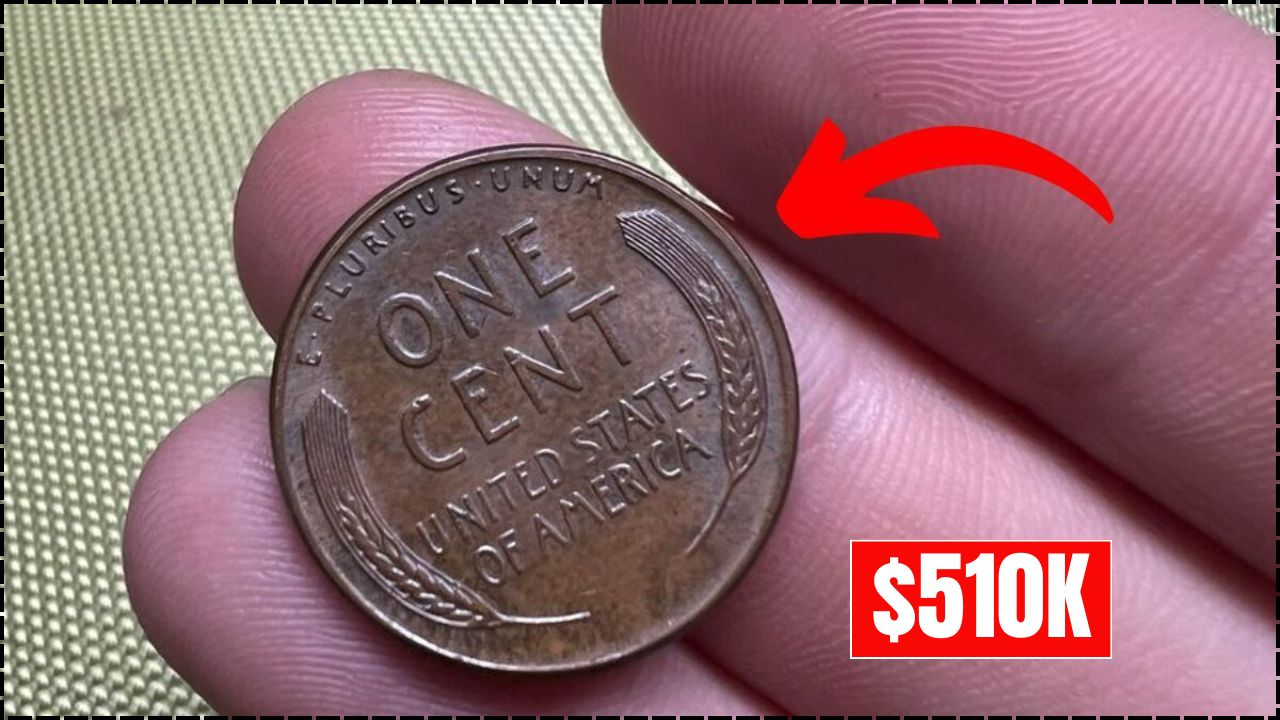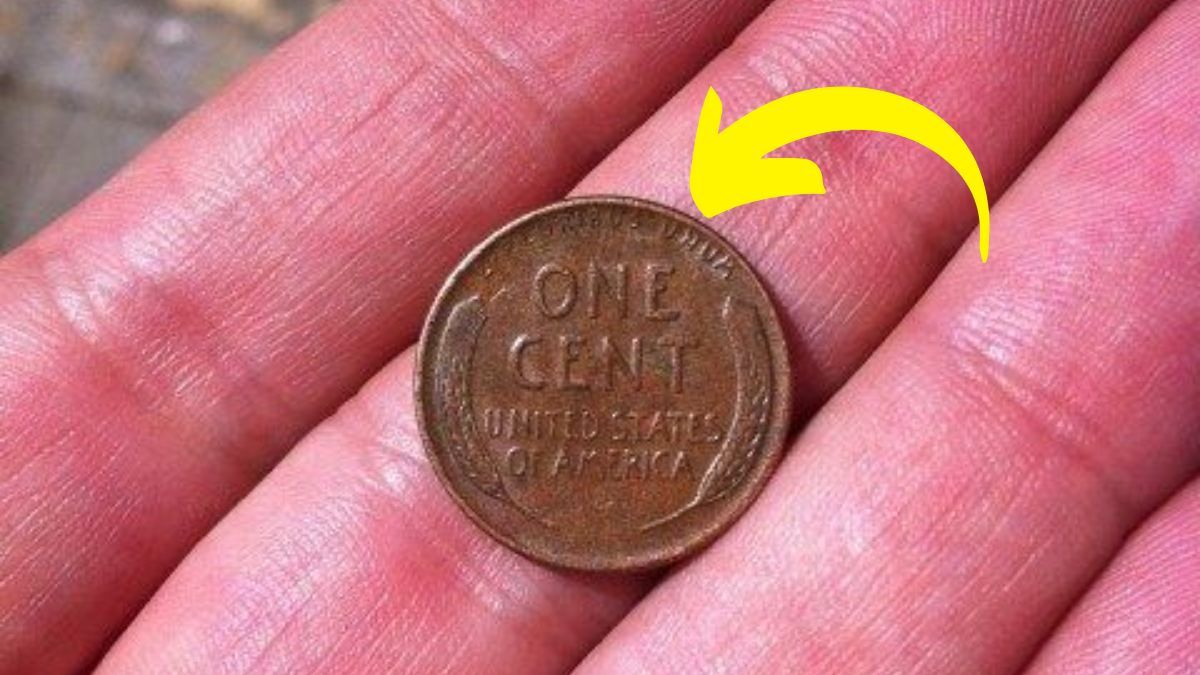Lincoln Wheat Penny Valued at $6.2 Million: Have you ever walked past a penny on the sidewalk without a second thought? That small copper disc you ignore might actually be worth a fortune. In the most extraordinary case, a rare 1943 bronze Lincoln Wheat Penny was valued at an astonishing $6.2 million, making it one of the most valuable coins in American history. What’s even more fascinating is that other valuable pennies could still be hiding in everyday places—in old jars, forgotten coin collections, or even passed as change at your local store. This remarkable possibility has turned ordinary people into treasure hunters examining every penny that passes through their hands.
The Birth of an American Icon
The Lincoln Wheat Penny first appeared in American pockets in 1909, created to celebrate the 100th birthday of President Abraham Lincoln. Designed by talented sculptor Victor David Brenner during Theodore Roosevelt’s presidency, this coin made history as the first U.S. currency to feature a real person rather than a symbolic figure. The coin’s design was straightforward yet meaningful—Lincoln’s profile on the front, with two elegant wheat stalks framing the words “ONE CENT” and “UNITED STATES OF AMERICA” on the back. This distinctive design, which continued until 1959, gave the coin its popular nickname: the Wheat Penny.
How War Created a Multi-Million Dollar Mistake
During World War II, copper became critically important for manufacturing ammunition and military equipment. To support the war effort, the U.S. Mint made a significant change in 1943, switching from the traditional bronze composition to zinc-coated steel for penny production. These “steel pennies” had a distinctive silvery appearance, quite different from the familiar copper color. However, in the busy wartime production environment, a few bronze planchets (coin blanks) from 1942 were accidentally left in the presses. This simple oversight created what would become one of the most valuable mistakes in American currency—the 1943 bronze Lincoln Penny.
Why These Pennies Are Worth Fortunes
The extreme rarity of the 1943 bronze pennies makes them incredibly valuable. Experts estimate that only 20 to 30 authentic examples exist across all three minting locations—Philadelphia, Denver, and San Francisco. The Denver version (marked with a small “D” below the date) is considered the rarest, with one specimen selling for an incredible $6.2 million. Another sold for $1.7 million in 2010, while even less pristine examples have commanded hundreds of thousands of dollars at auction. Their value comes not just from their scarcity but also from their fascinating connection to American wartime history and the story of an extraordinary mistake.
Real Stories of Unexpected Discoveries
What makes the hunt for valuable pennies so exciting are the true stories of everyday people making life-changing discoveries. In 2019, a Massachusetts family found a 1943 bronze penny tucked away in a relative’s old coin collection and sold it for more than $200,000. Don Lutes Jr. discovered his 1943 bronze penny in his high school cafeteria change in 1947, kept it for his entire life, and when it finally sold at auction after his passing, it brought $204,000. These stories fuel the dreams of collectors and casual searchers alike, wondering if they might stumble upon their own numismatic fortune.
How to Identify a Valuable 1943 Penny
If you think you might have a valuable 1943 bronze penny, there are several tests you can perform at home. First, check the color—genuine bronze pennies have a distinctive brownish-copper appearance, unlike the silvery steel pennies that were supposed to be made that year. Try the simple magnet test—steel pennies will stick to a magnet, while bronze ones will not. You can also weigh the coin if you have a precise scale—bronze pennies weigh approximately 3.11 grams, while steel ones weigh about 2.7 grams. Finally, check for a mint mark below the date—no letter means Philadelphia, “D” indicates Denver, and “S” stands for San Francisco.
Other Valuable Wheat Pennies Worth Searching For
While the 1943 bronze penny gets most of the attention, several other Lincoln Wheat Pennies can be worth substantial amounts. The 1909-S VDB penny, featuring the designer’s initials that were quickly removed due to controversy, can sell for thousands of dollars. The 1914-D is highly sought after due to its low mintage numbers. The 1922 “No D” penny, where the Denver mint mark was mistakenly omitted, is another valuable error coin. There’s also the 1944 steel penny—the opposite mistake of the 1943 bronze—created when a few steel planchets were accidentally used after production had returned to bronze.
The Democratic Appeal of Coin Collecting
One of the most appealing aspects of the hunt for valuable pennies is how accessible it is to everyone. Unlike many valuable treasures that are locked away in museums or private collections, rare coins can turn up virtually anywhere. People have discovered valuable pennies in parking lots, received them as change from stores, or found them while sorting through inherited coin jars. Each Lincoln Wheat Penny has traveled through decades of American history—passing through countless hands during the Great Depression, World War II, and beyond—making them not just potentially valuable but also fascinating historical artifacts.
The Joy of the Treasure Hunt
For many people, the thrill of searching for rare coins goes beyond the potential financial reward. There’s something deeply satisfying about carefully examining coins that others might overlook, knowing that you might spot something special that has escaped everyone else’s notice. Coin collecting combines elements of history, art appreciation, and treasure hunting in a hobby that can be enjoyed by people of all ages and backgrounds. And with valuable wheat pennies still circulating, the possibility of a life-changing discovery adds an exciting element of anticipation to every handful of change.
Disclaimer
This article is for informational purposes only. While the information provided is believed to be accurate, coin values can fluctuate based on condition, market demand, and authentication. Professional appraisal from a certified numismatist is strongly recommended before buying or selling potentially valuable coins. The author and publisher are not responsible for financial decisions made based on this information. Always consult with experts before making significant coin-related transactions or investments.
